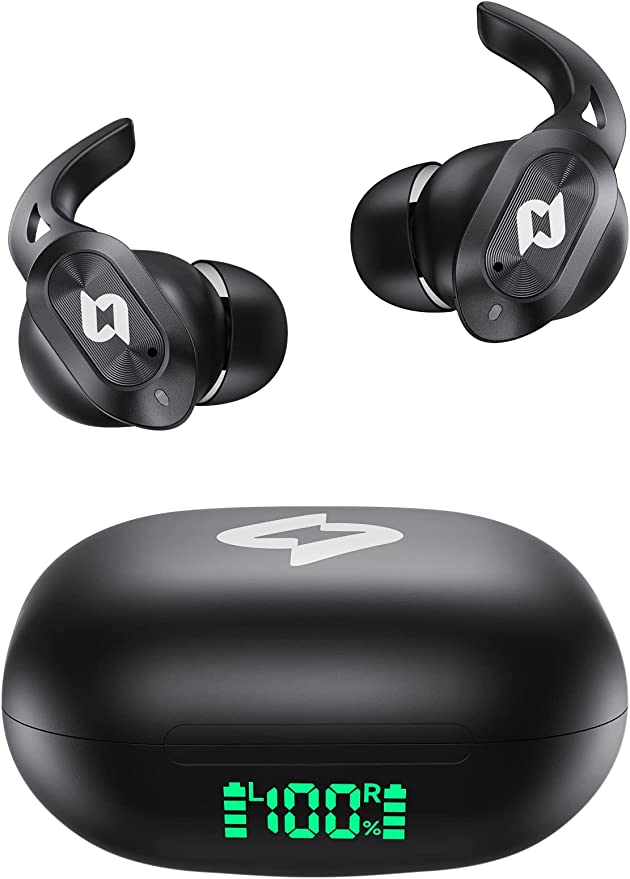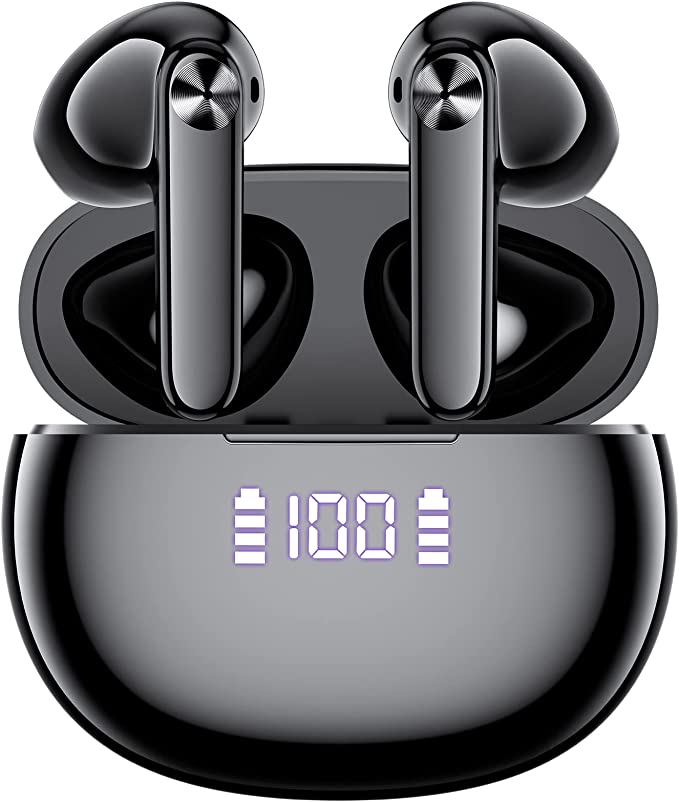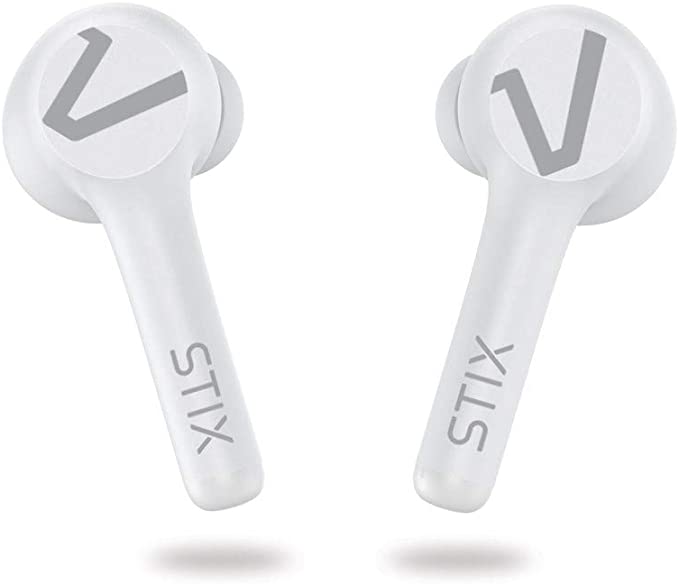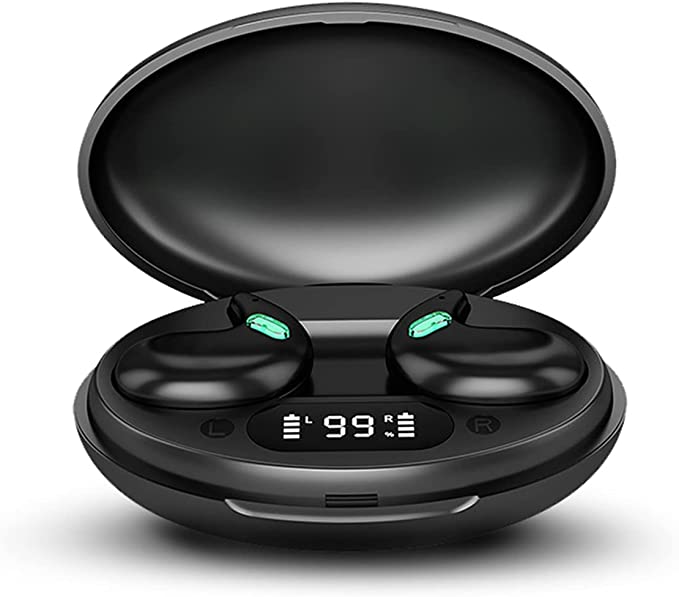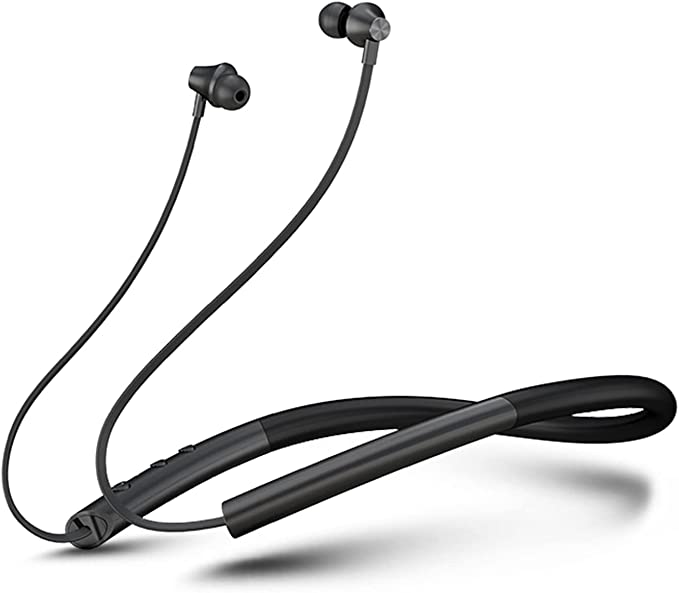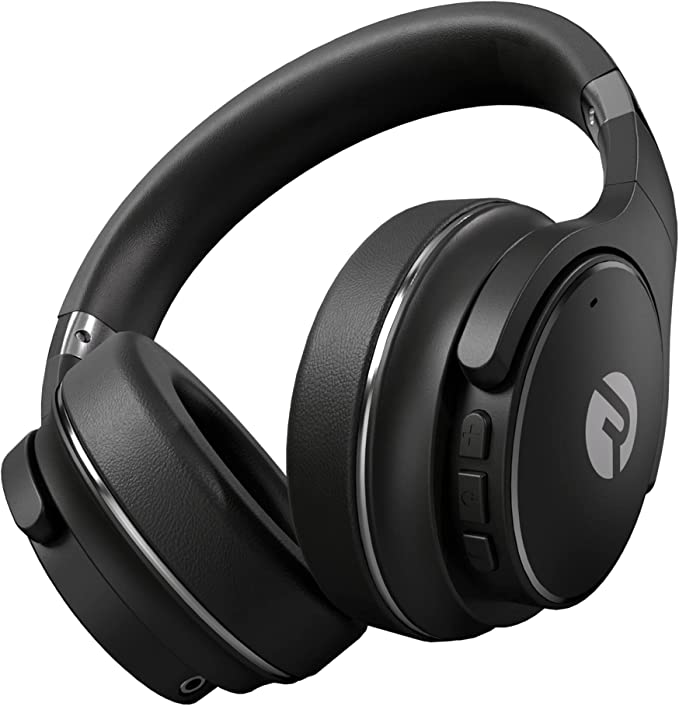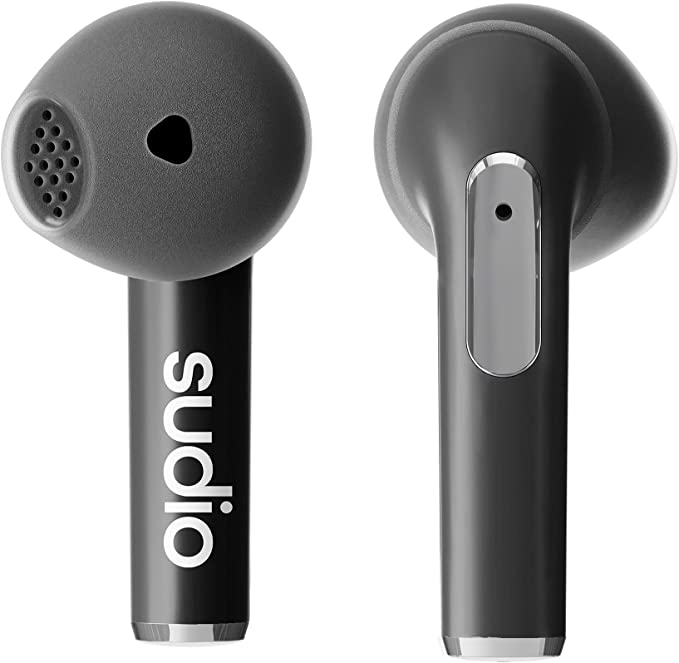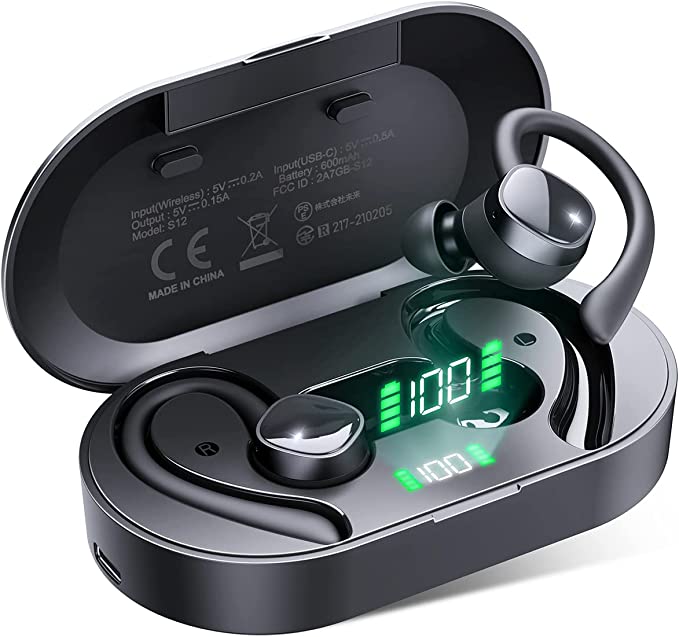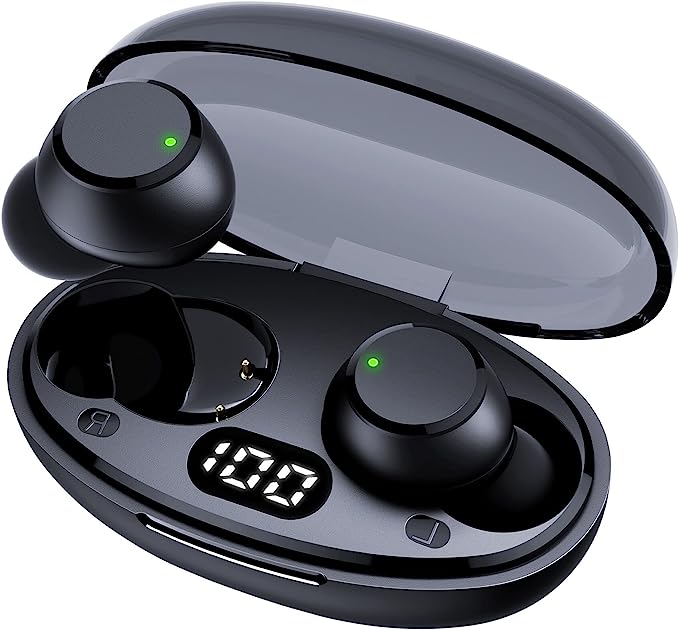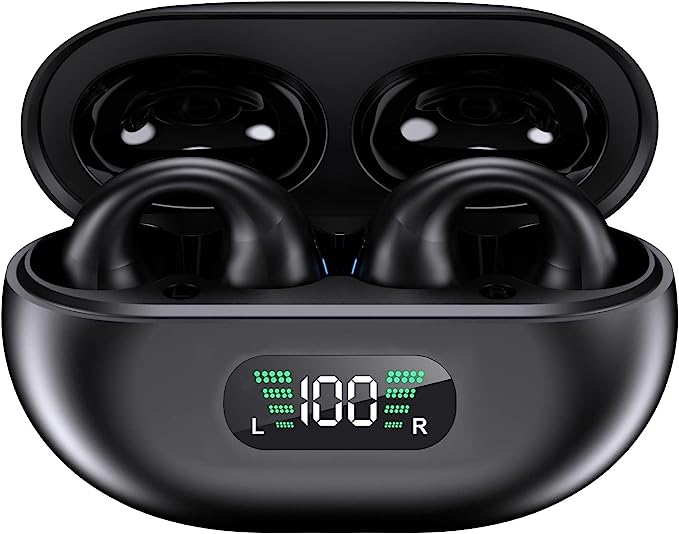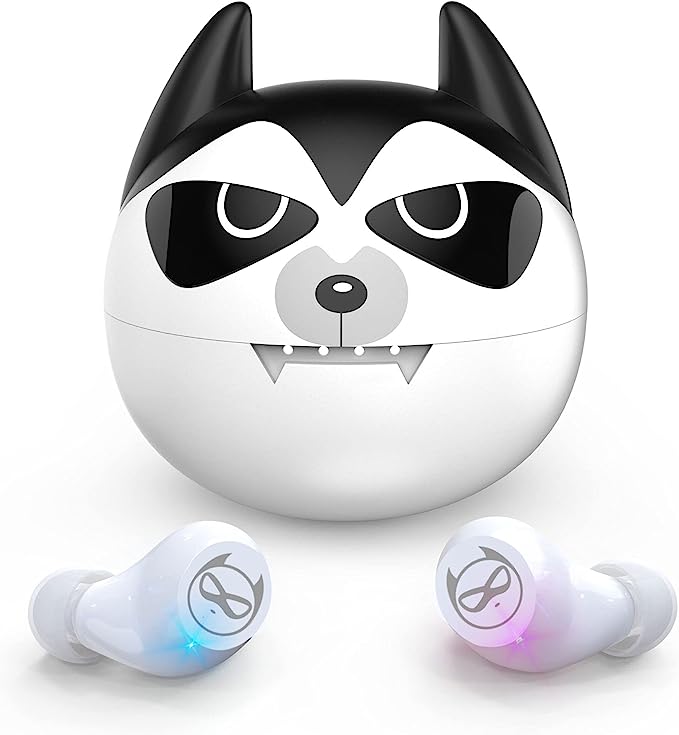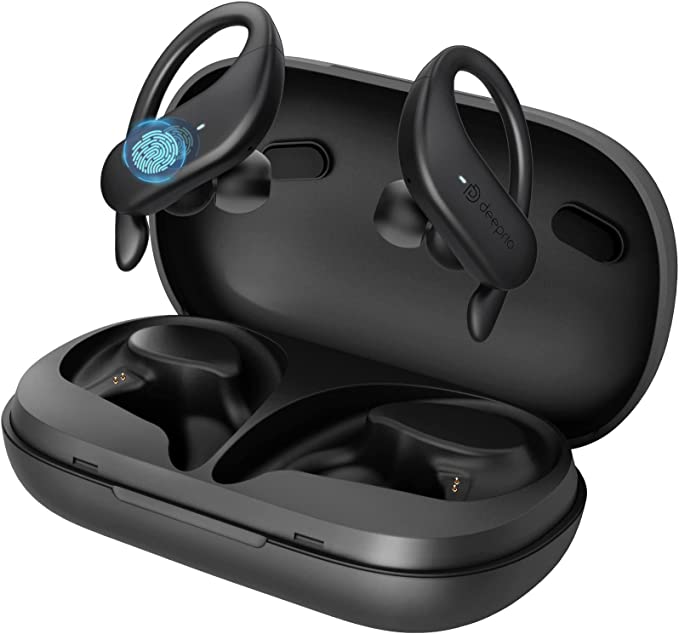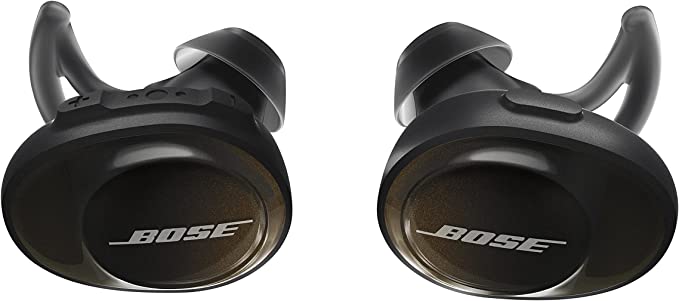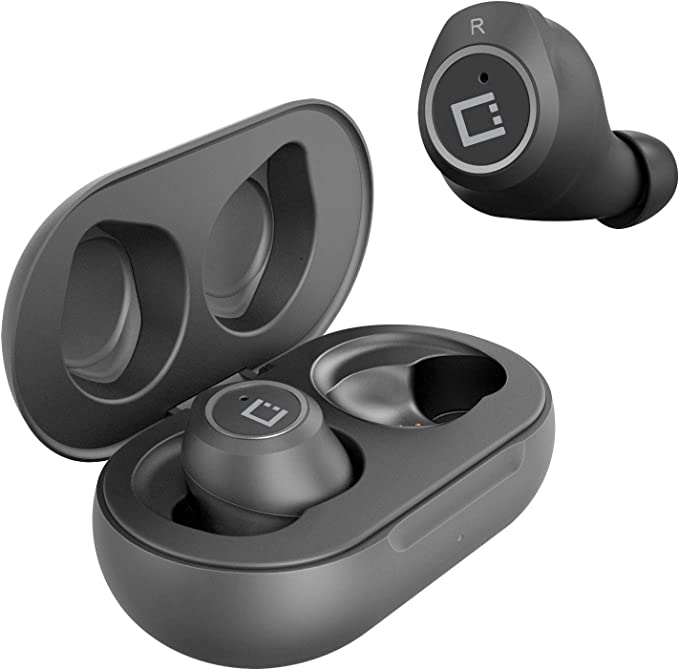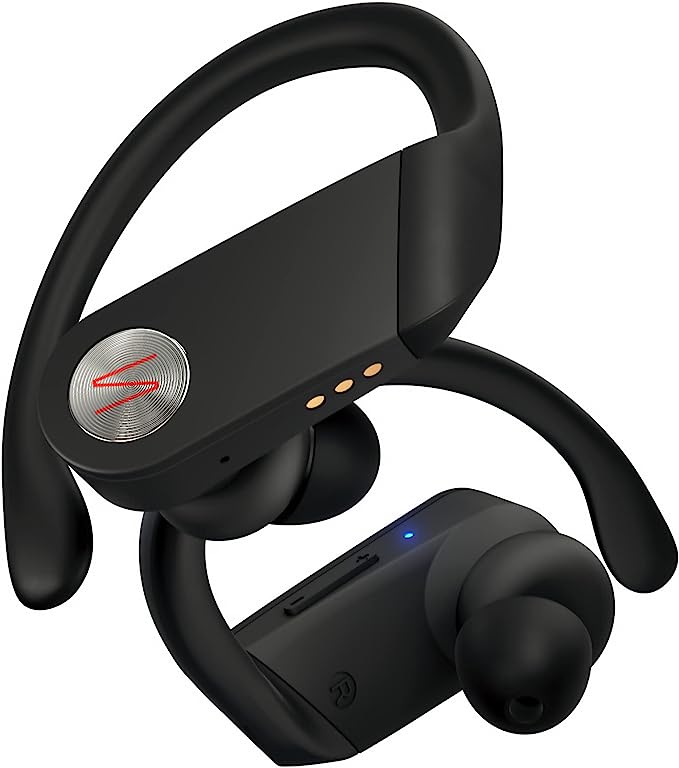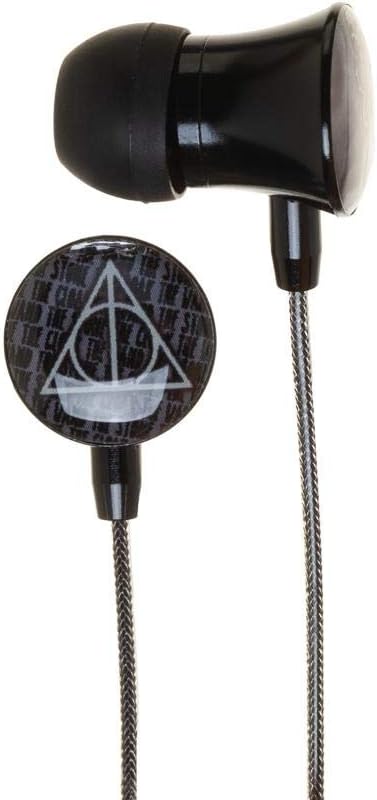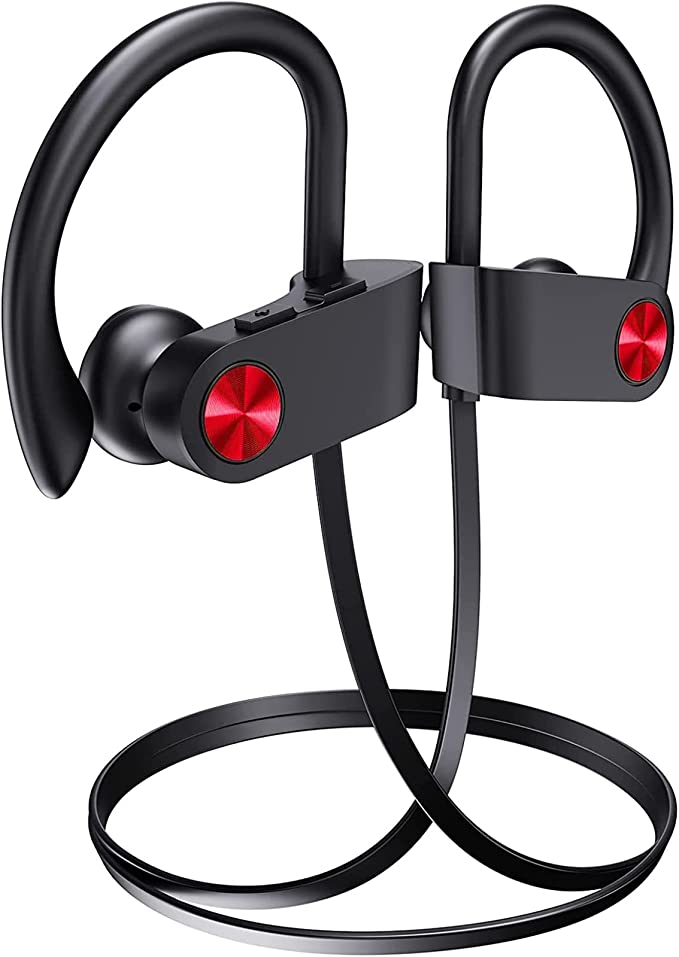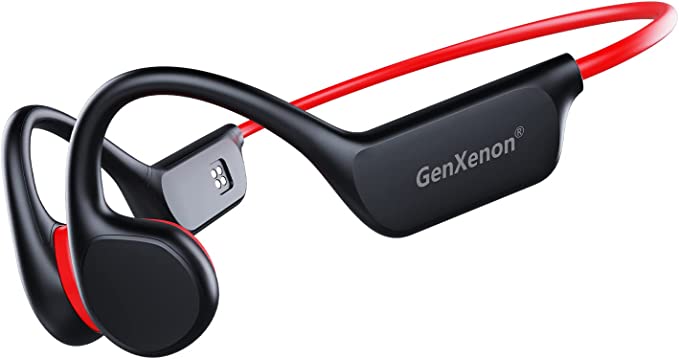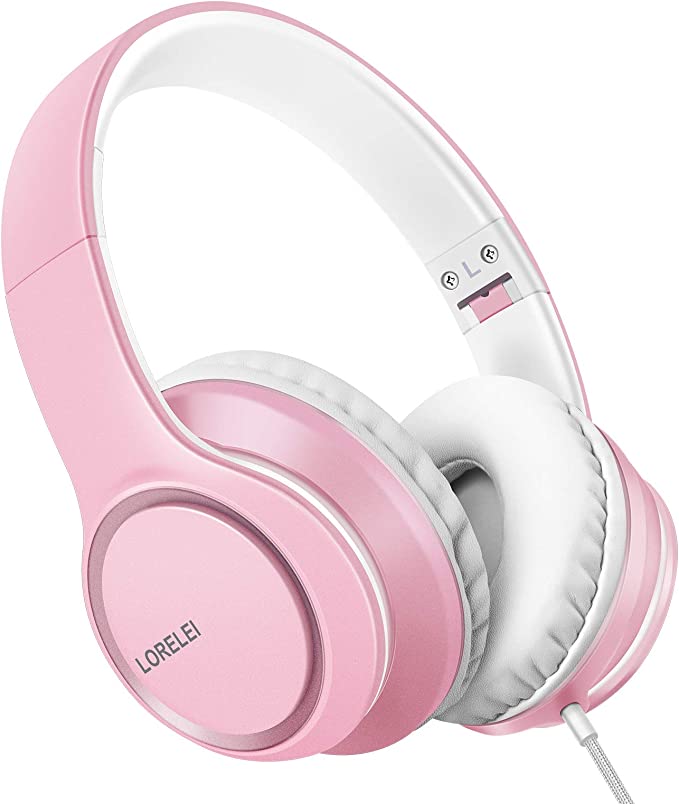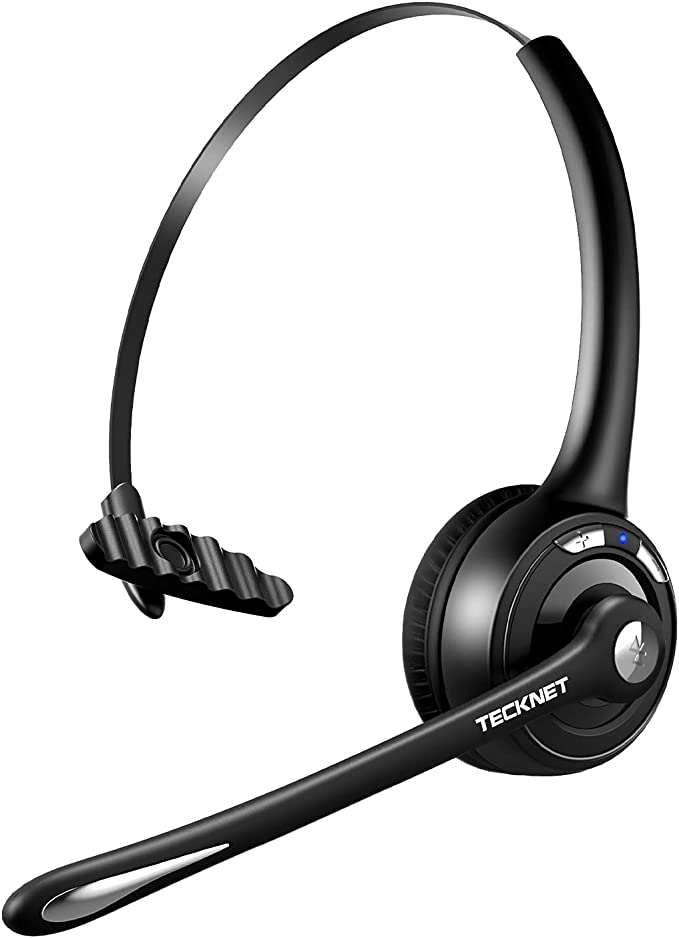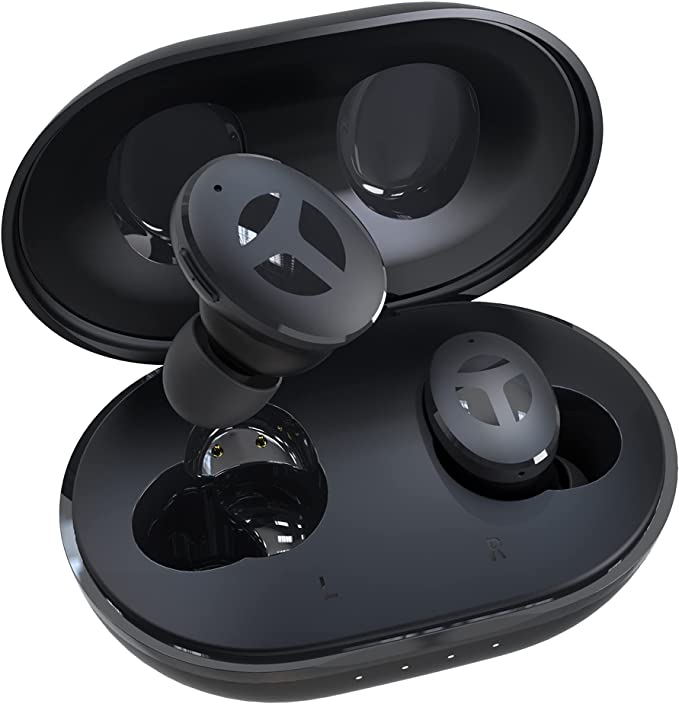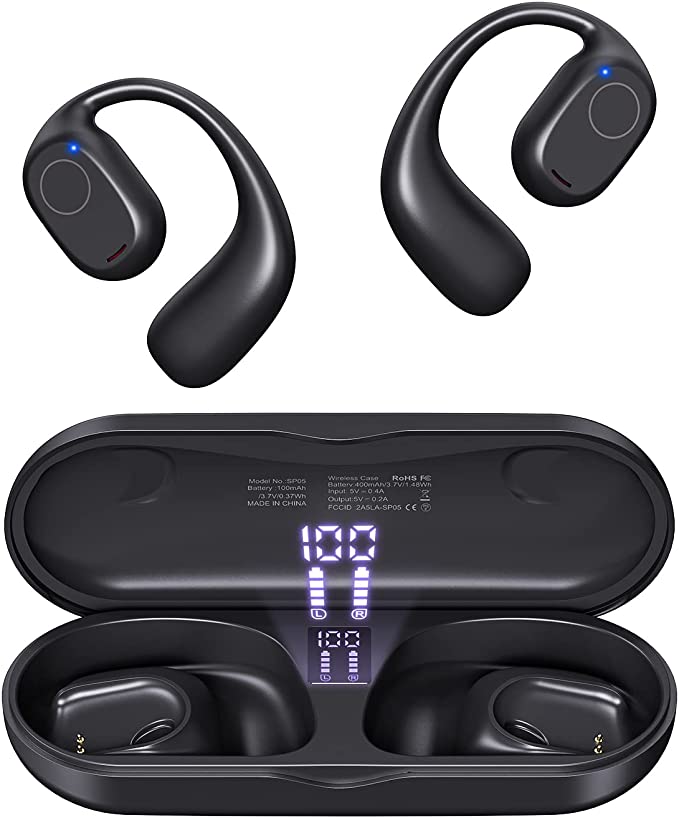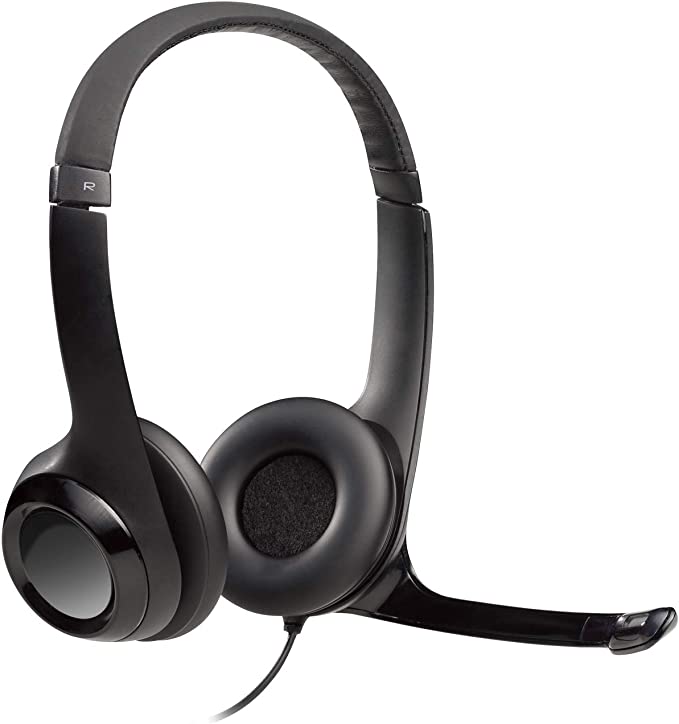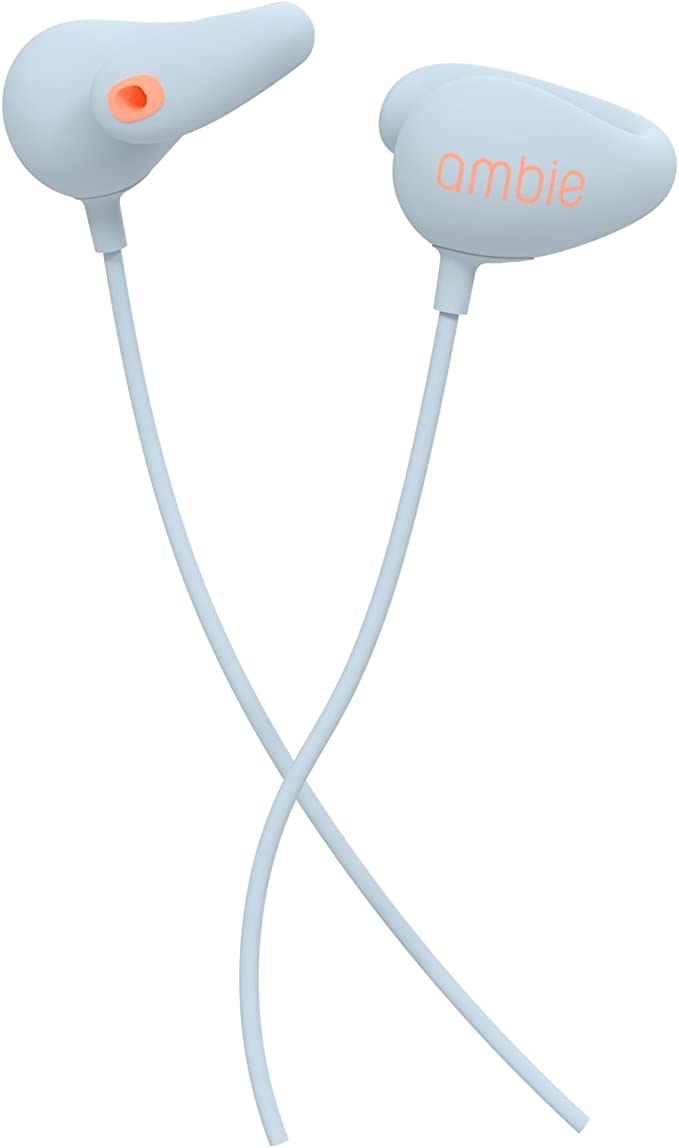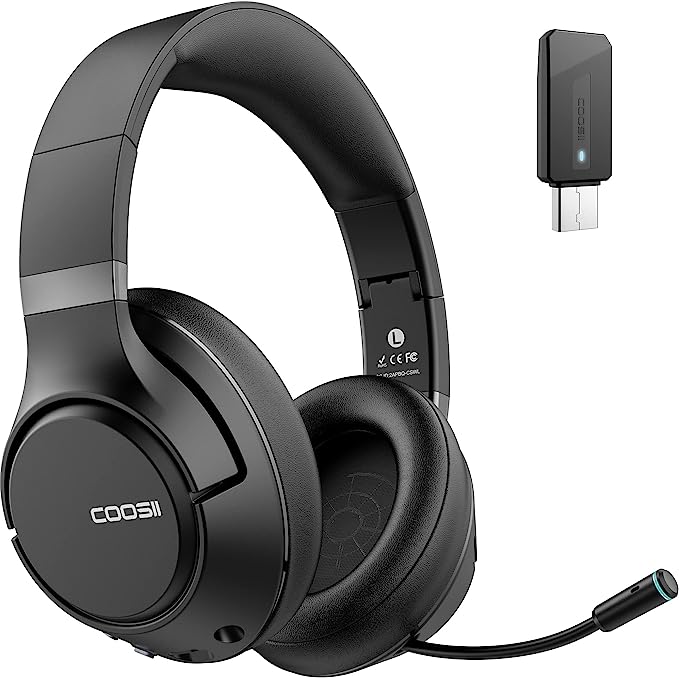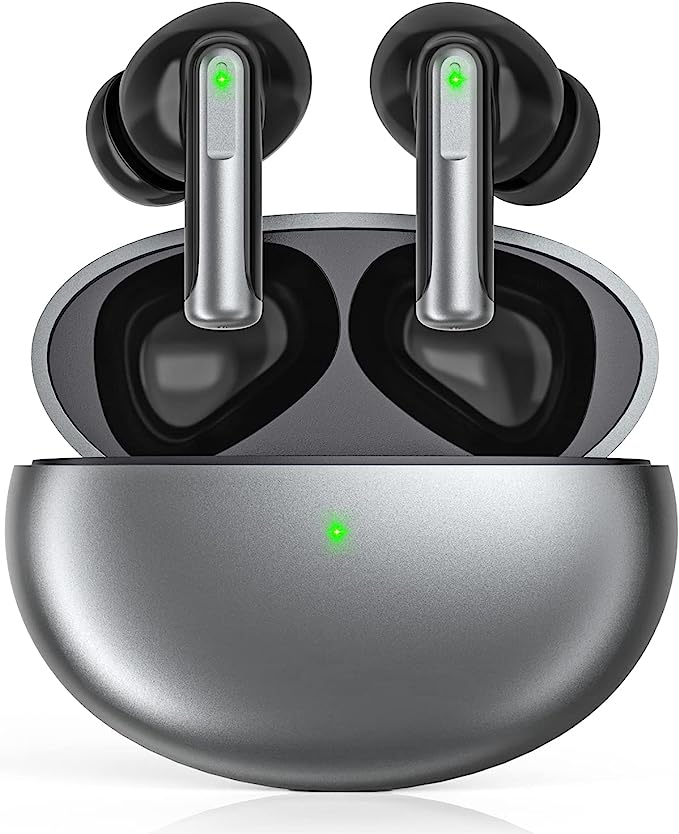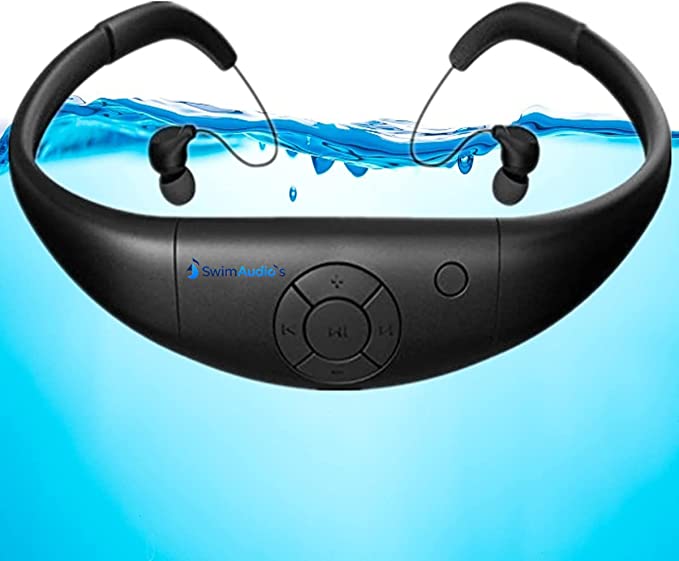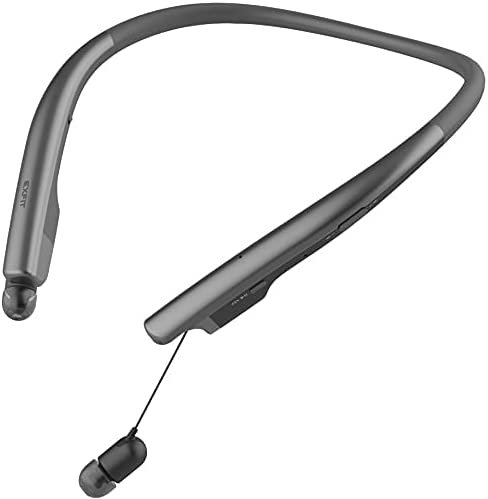Sony WI-C310 Wireless In-Ear Headset: The Science Behind All-Day Wireless Audio Freedom
Update on April 26, 2025, 4:51 a.m.
Ah, the tangled headphone cord – a minor modern annoyance, yet one we’ve all probably wrestled with. Remember untangling that knot just to listen to a song, or catching the cable on a doorknob? Thankfully, the wireless revolution has swept through personal audio, offering a liberating alternative. Devices like the Sony WI-C310 Wireless in-Ear Headset bring this freedom to the everyday, packing surprisingly clever technology into a lightweight, accessible package.
But how does it actually work? What magic happens between your phone and these little earbuds to deliver your favorite podcast or playlist? Let’s pull back the curtain together. Think of this as a friendly tour guided by someone who geeks out over this stuff (that’s me, in spirit!). We’ll explore the science – the how and why – behind the key features of the WI-C310, based on the information available about it.

The Invisible Leash: How Bluetooth Sets Your Music Free
First up: that wireless connection. The hero here is Bluetooth. You see the little icon everywhere, pairing phones to speakers, keyboards to computers. But what is it?
In essence, Bluetooth is a standardized technology for short-range wireless communication using radio waves. Specifically, it operates mostly in the 2.4 GHz Industrial, Scientific, and Medical (ISM) band (the WI-C310 uses 2.4000 GHz–2.4835 GHz, according to its specs). Why this band? It’s largely unlicensed globally, making it readily available for consumer devices. Think of Bluetooth like setting up a tiny, very low-power personal radio station between your devices.
When you pair your WI-C310 earbuds, your phone and the earbuds perform a secure digital handshake, establishing a dedicated link. Once connected, audio data streams wirelessly across this invisible leash. The goal, as Sony puts it, is “flawless, interruption-free listening.” Bluetooth technology itself has evolved over the years, with newer versions generally improving efficiency and connection stability, contributing to that smoother experience.
The payoff for you? Freedom! You can leave your phone on your desk and walk around the room, keep it tucked away in a bag while commuting, or exercise without worrying about snagging a wire. It fundamentally changes how you interact with your audio. Now, a small reality check based on general user experience and how Bluetooth often works: these types of headsets typically maintain a strong connection with one source device at a time. While switching between, say, a laptop and a phone is possible, it usually involves manually disconnecting from one and connecting to the other, rather than a seamless simultaneous link – a common characteristic worth noting.
Powering Your Day (and Night): The Tiny Energy Backpack
Wireless freedom is fantastic, but it comes with a requirement: power. Unlike wired headphones that draw power from your device, wireless earbuds need their own energy source. The WI-C310 comes equipped with a Lithium-based battery (the specs mention “1 Lithium Metal batteries required. (included)”).
Why Lithium? Think of these batteries as tiny, highly efficient energy backpacks. Compared to older battery chemistries, lithium-ion and lithium-polymer batteries offer excellent energy density. This means they can store a lot of energy in a small, lightweight package – crucial for comfortable earbuds (the WI-C310 weighs just about 0.68 ounces, or roughly 19 grams!). This efficiency is what allows Sony to claim an impressive “up to 15 hours of battery life” on a full charge. For most people, that’s easily enough to cover a full day of commuting, working, and relaxing with your favorite audio. Imagine listening to podcasts on your way to work, music during your lunch break, and an audiobook on the way home, all without reaching for the charger.
But what happens when you do run low? Waiting hours for a full charge can be a drag. That’s where Quick Charge technology comes in handy. It’s like giving your battery a high-speed refuel. By carefully managing the flow of electricity (increasing the current and/or voltage for a short period within safe limits), quick charging can significantly boost your battery level in minutes. Sony states that just 10 minutes of charging gives you up to 60 minutes of playback – perfect for those times you realize you forgot to charge them right before heading out the door. A full charge, if you have more time, takes about three hours according to the product information.
And how do you charge it? The WI-C310 uses a USB Type-C port. This is a big plus! USB-C is the modern standard, rapidly replacing older micro-USB and other connectors. Its main advantages? It’s reversible (no more fumbling to plug it in the right way!) and it’s becoming ubiquitous across phones, laptops, and other gadgets, meaning you might need fewer cables overall. While a short USB-A to USB-C cable is included, chances are you already have others around.
One small note on battery reporting, echoed in some user feedback for various devices: occasionally, the battery percentage reported to your phone might seem to jump in discrete steps (e.g., from 100% down to 70%, then 50%). This isn’t unusual; it’s often a simplification in how the device estimates and communicates its charge level, rather than a precise, real-time gauge.

Making Waves: How Those 9mm Drivers Deliver Your Tunes
Great battery life and a stable connection are essential, but pointless if the sound isn’t good! So, how do these tiny earbuds actually produce the music, voices, and sound effects we hear? The workhorse here is the driver unit. The WI-C310 features 9mm dynamic drivers.
Let’s break down how sound generally works and what that driver does. Sound, as we perceive it, consists of vibrations traveling through the air as pressure waves. To create these waves, headphones need something that can move air rapidly and precisely. That’s the job of the driver. In a typical dynamic driver, like the ones likely used here:
1. An electrical audio signal (carrying the music information) flows from the Bluetooth receiver to a small coil of wire (the voice coil).
2. This coil is attached to a thin, flexible membrane called the diaphragm.
3. The coil sits within the magnetic field of a strong permanent magnet (the WI-C310 specs specify Neodymium magnets, known for being powerful for their size).
4. As the electrical audio signal fluctuates, it creates a changing magnetic field in the voice coil. This interacts with the permanent magnet’s field, causing the coil – and the attached diaphragm – to vibrate rapidly back and forth.
5. This vibration pushes and pulls the air directly in front of it, creating those sound waves that travel down your ear canal to your eardrum. Presto – sound!
Think of it like a miniature version of a large loudspeaker cone. The 9mm driver size refers to the approximate diameter of the diaphragm. While larger drivers can potentially move more air (often associated with stronger bass), driver size isn’t the only factor determining sound quality. The materials, design, and tuning all play crucial roles. A 9mm driver is a very common size for in-ear headphones, often chosen for its ability to offer a good balance between size, efficiency, and the potential for clear audio reproduction across different frequencies. Sony describes the resulting sound as “crisp, clear.”
The product description also mentions a frequency response of 20 Hz–20,000 Hz (via Bluetooth). This range roughly corresponds to the limits of human hearing – from the lowest perceptible rumble (20 Hz) to the highest shimmer (20,000 Hz or 20 kHz). This spec indicates the drivers are designed to reproduce the full spectrum of audible sound found in most music and audio content. Interestingly, some user reviews describe the sound signature as “flat.” In audiophile circles, “flat” isn’t necessarily bad; it often means the headphones reproduce the sound accurately without artificially boosting bass or treble, which many prefer for a more neutral listening experience.
Now, here’s a critical point often overlooked: With in-ear headphones, achieving a good acoustic seal is paramount. The product notes rightly emphasize this: “If the size of the earbud tips does not match the size of your ear canals or the headset is not worn properly… you may not obtain the correct sound qualities.” Using the eartip size that fits your ear snugly does two things: it helps physically block out external noise, and crucially, it creates a sealed chamber that allows the driver to properly generate bass frequencies. A poor seal often results in thin, weak-sounding audio, regardless of how good the driver is. So, take the time to try the different included tips!
Little Touches, Big Convenience: Everyday Design Smarts
Beyond the core technologies of Bluetooth, battery, and drivers, the WI-C310 includes design features aimed at practical, everyday use.
Comfort is key for anything you wear for extended periods. The lightweight design (0.68 oz) and flexible cables connecting the two earbuds are designed to rest comfortably around your neck without feeling cumbersome.
Integrated controls are essential for wireless convenience. A built-in microphone and multi-function buttons on the neckband allow you to take calls, adjust volume (implied by plus/minus buttons mentioned in reviews, though layout usability was questioned by one user), play/pause music, and potentially activate your phone’s voice assistant without reaching for your device.
And then there are the magnetic buds. The backs of the earbuds contain small magnets, allowing them to click together when you’re not listening. This is a neat touch for keeping them secure around your neck and preventing them from swinging wildly or falling off easily. However, as real-world usage sometimes reveals (and as noted in user feedback), the strength of these magnets might be sufficient for casual wear but perhaps not strong enough to hold securely during very active moments like running or intense workouts. It’s a convenience feature with practical limits.

Conclusion: Smart Science, Made Simple and Accessible
So there you have it – a peek under the hood of the Sony WI-C310. It’s a great example of how established scientific principles – short-range radio communication, lithium battery chemistry, the physics of sound reproduction – are cleverly engineered and combined into an affordable, user-friendly product.
Based on its described features, the WI-C310 effectively leverages these technologies to deliver on the core promises of modern wireless audio: the freedom from cables, enough battery power to last through the day (with a quick boost when needed), and clear sound reproduction for your music and calls. It’s a testament to how sophisticated technology can become accessible for everyday enjoyment.
Isn’t it fascinating to think about the complex science humming away inside the simple gadgets we use daily? Hopefully, understanding a bit more about how your wireless earbuds work makes using them even more enjoyable. Keep listening, keep exploring!
